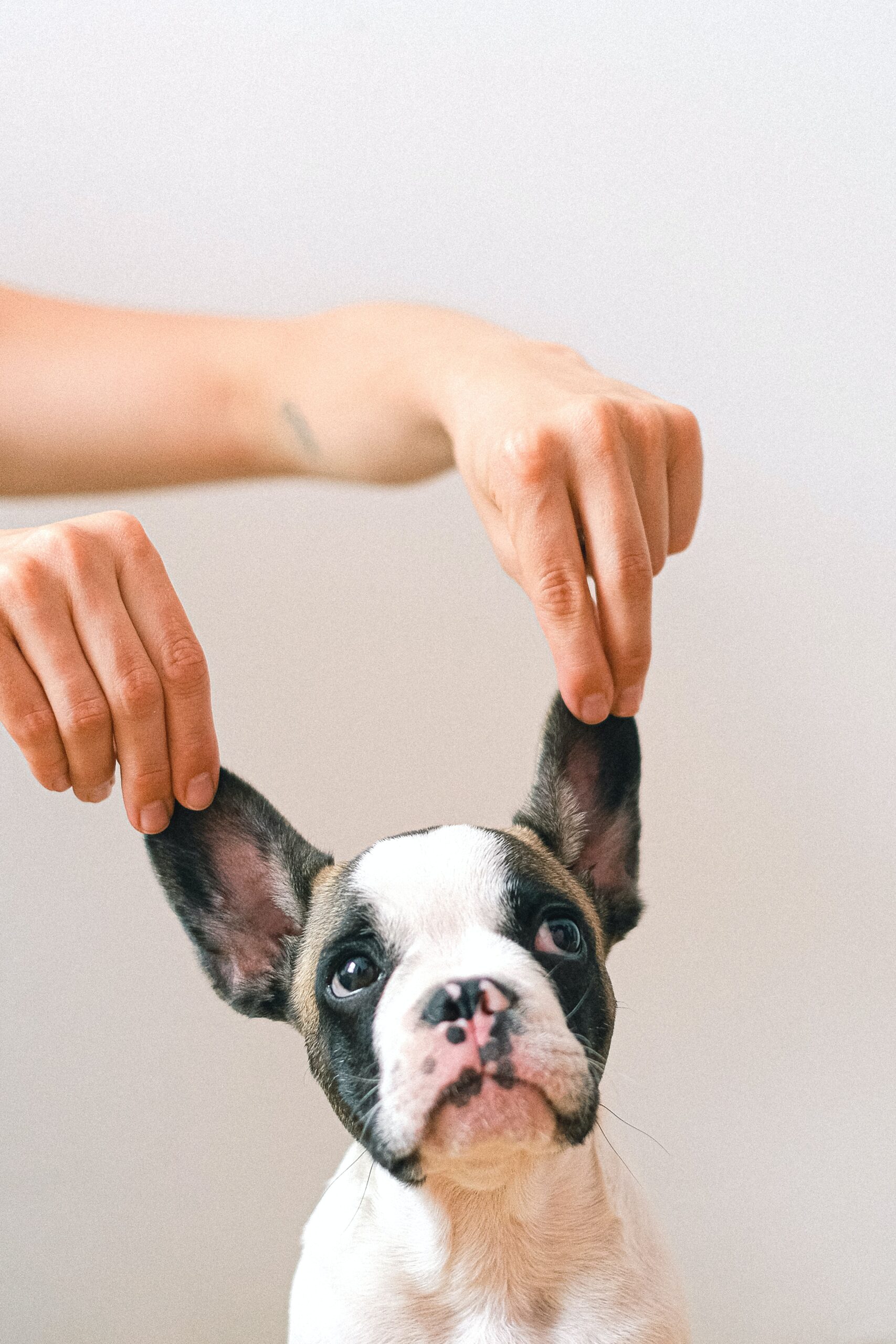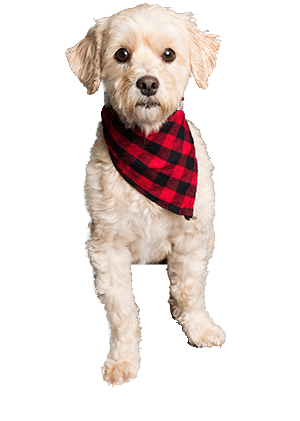Why July 4th Fireworks Trigger a Surge in Missing Pets
The Fourth of July is a time for celebration across the United States, with vibrant fireworks lighting up the sky. However, amid the festivities, this holiday has an unfortunate downside for pet owners—an increase in missing pets. This article explores why July 4th fireworks trigger a surge in missing pets and offers practical steps to keep your furry family members safe.
Understanding the Startling Reaction to Fireworks
The Impact of Loud Noises on Animals
Fireworks might be breathtakingly beautiful to us, but to pets, they are an unpredictable series of explosions. **Cats and dogs**, with their heightened sense of hearing, perceive these sounds as a menacing threat. This often leads to an acute reaction characterized as **noise phobia**.
– Terrified Animals: Many dogs and cats experience terror, attempting to flee from the noise. This behavior stems from instinctual survival tactics to escape what they perceive as danger.
– Sensory Overload: Pets can experience sensory overload due to the sharp, loud noises, making them anxious and disoriented.
Behavioral Responses to Fear
Pets’ responses to fireworks vary, but they often include:
– **Pacing and panting:** a sign of heightened anxiety.
– **Hiding or seeking refuge:** pets often try to find a safe, enclosed space.
– **Escape attempts:** panicked animals may leap over or dig under fences, or bolt through open doors in an effort to escape the noise.
Why Pets Go Missing on July 4th
Escaping the Noise
The primary reason pets go missing during fireworks is due to their overwhelming instinct to escape the noise. When faced with fear, animals resort to their fight-or-flight instincts, with **flight being the most common response** during fireworks. This leads them to bolt, often resulting in them becoming lost far from home.
Inadequate Safety Measures
Unfortunately, many pet owners may not fully understand the level of distress fireworks can cause.
– **Unsecured Boundaries:** Gates or fences might be inadequate for a frightened pet. Even normally secure homes can become perilous if pets find a way to escape through windows or unsecured doors.
– **Lack of Identification:** Pets without proper identification tags or microchips face an increased risk of not being reunited with their owners if they get lost.
Unfamiliar Environments
Pets often find themselves in unfamiliar environments around July 4th as families travel for the holidays. The combination of being in an unfamiliar setting compounded with the startling fireworks can lead to disorientation and increased chances of getting lost.
Preventive Measures to Keep Pets Safe
While the distress caused by fireworks can be significant, taking proactive steps can help safeguard your pets.
Preparation is Key
1. **Create a Safe Space:**
Ensure your pet has a comforting and secure place within your home. Consider an interior room with minimized external noise, providing them with their favorite blanket or toy to offer familiarity.
2. **Provide Distraction:**
Turn on a television or play soothing music to help drown the fireworks’. This can help mitigate their impact. Engaging your pet with interactive toys or treat puzzles can also serve as positive distractions.
Proper Identification
– **Update Tags and Microchips:**
Ensure your pet’s ID tags are up to date with current contact information. A microchip can be a lifesaver in the event your pet is found and taken to a vet or shelter.
– **Visible Identification:**
Besides microchips, ensure pets wear collars with identification tags visible for immediate action if lost.
Limit Outdoor Exposure
– **Supervised Time Outdoors:**
Only let pets out under strict supervision and ensure all boundaries are secure.
– **Avoid Fireworks Viewings:**
Keep pets away from firework viewing areas. The visual and auditory stimuli can be overwhelming and frightening.
Follow-Up and Recovery if Pets Go Missing
Despite best efforts, some pets might still go missing during this tumultuous holiday.
Immediate Actions
– **Start a Search Immediately:**
Time is critical. The sooner you start looking, the better the chances of recovering your pet.
– **Utilize Technology:**
Leverage social media, online lost-and-found pet forums, and community groups to spread the word quickly.
Community Involvement
Community involvement is often a critical factor in finding lost pets.
– **Contact Local Shelters and Vets:**
Notify local animal shelters and veterinary clinics, as found pets may be taken there.
– **Post Flyers:**
Distribute flyers in your neighborhood with a clear photo, description, and your contact information.
The Growth of Awareness and Solutions
Education and Advocacy
Awareness campaigns play a vital role in changing the public’s perception of fireworks’ impact on animals. By educating communities and advocating for pet safety, we can help reduce the number of missing pets each year.
Innovative Solutions
Technological advancements provide new methods for protecting pets:
– **Pet Monitoring Systems:** Devices and apps now allow owners to track their pet’s location in real-time.
– **Desensitization Programs:** Some pet owners benefit from desensitization programs that gradually acclimate pets to louder noises, thereby diminishing their fear of fireworks over time.
Conclusion
While the Fourth of July is a festive celebration for many, it also represents a significant challenge for pet owners. With an understanding of the reasons why pets react fearfully to fireworks and the implementation of effective safety measures, we can help ensure that our pets remain safe and sound. By taking steps to create a safe environment and educate others, we can celebrate the holiday without the heartbreak of losing a beloved pet.


